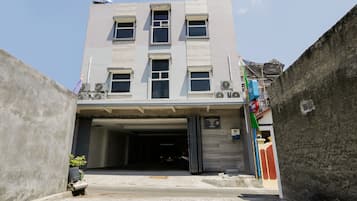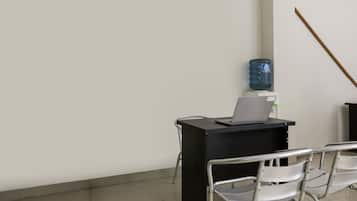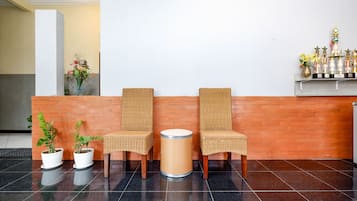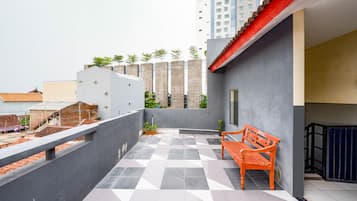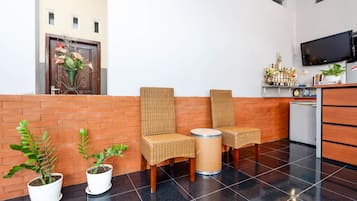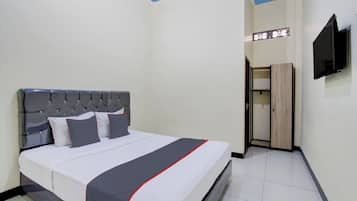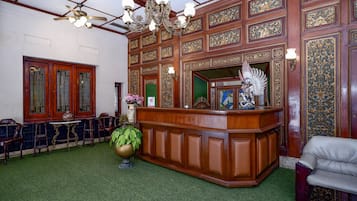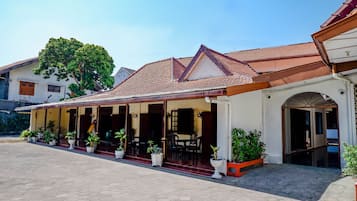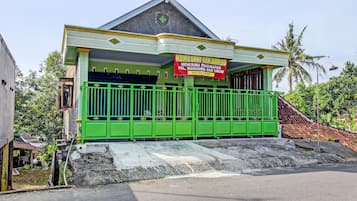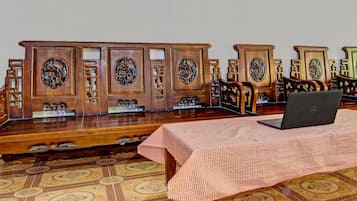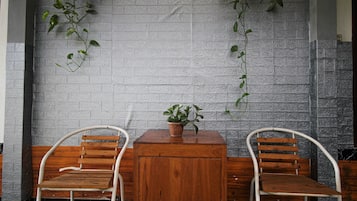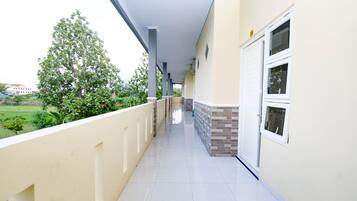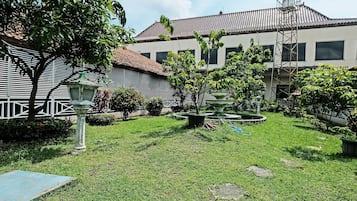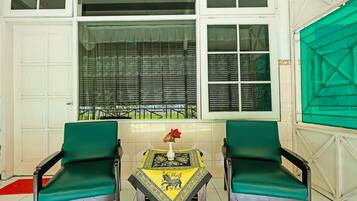Ảnh của Sharrie Shaw
OYO Rooms, Trung tâm Thành phố Solo, Surakarta
- Đổi ýĐặt phòng ở các khách sạn cho phép hủy miễn phí
- Chọn kỹTìm trong số gần một triệu nơi lưu trú trên toàn thế giới
Kiểm tra giá vào những ngày này
Khách sạn theo xu hướng hàng đầu tại Trung tâm Thành phố Solo

Hotel O Tamansari Guest House
Surakarta
10.0 trên 10, Ngoại hạng, (1)
Giá hiện tại là 181.863 ₫
Tổng 229.149 ₫
bao gồm thuế & phí
06/12 - 07/12
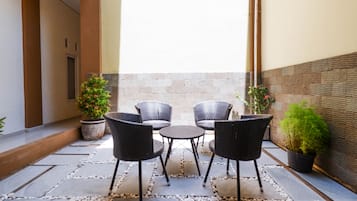
Super OYO 1506 Shabrina 2 Syariah
Banjarsari
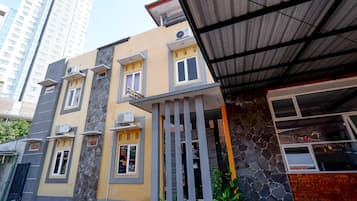
Hotel O Solo Point Guest House Syariah
Surakarta
10.0 trên 10, Ngoại hạng, (1)
Giá hiện tại là 180.755 ₫
Tổng 227.752 ₫
bao gồm thuế & phí
28/11 - 29/11
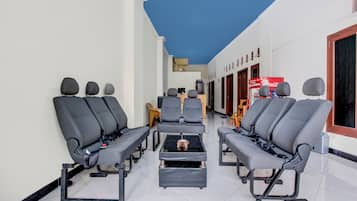
Hotel O Solo near Solo Safari formerly RR Guesthouse
Surakarta
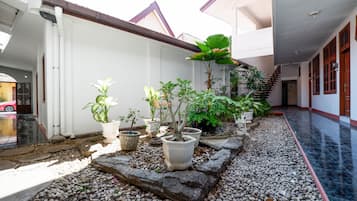
Super OYO Capital O 1644 Hotel Griya Kencana
Surakarta
8.0 trên 10, Rất tốt, (1)
Giá hiện tại là 149.805 ₫
Tổng 188.753 ₫
bao gồm thuế & phí
16/12 - 17/12
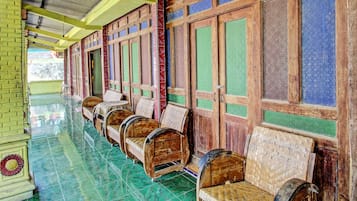
Hotel O Guest House Pak Darso
Kalijambe
Giá hiện tại là 70.490 ₫
Tổng 85.293 ₫
bao gồm thuế & phí
28/11 - 29/11
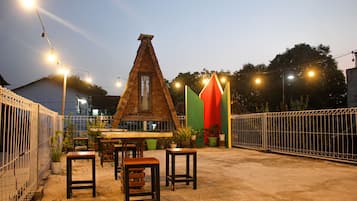
Capital O 2258 Santana Syariah Guest House
Surakarta
Giá hiện tại là 148.550 ₫
Tổng 187.173 ₫
bao gồm thuế & phí
30/11 - 01/12
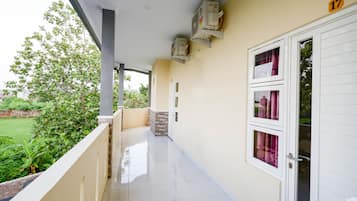
OYO 2058 Griya Ria
Banjarsari
Giá thấp nhất mỗi đêm dựa trên kết quả tìm kiếm trong vòng 24 giờ qua cho 1 đêm lưu trú cho 2 người lớn. Giá và tình trạng phòng có thể thay đổi. Có thể áp dụng điều khoản bổ sung.
Đăng nhập để tiết kiệm trung bình 15% tại hàng ngàn khách sạn
Nhận xét hàng đầu về khách sạn ở Trung tâm Thành phố Solo
Thông tin cần biết về Trung tâm Thành phố Solo
Cẩm nang: Khách sạn tại Trung tâm Thành phố Solo, Surakarta
Tìm kiếm các khách sạn ở Trung tâm Thành phố Solo trên Expedia.com.vn. Quý vị có thể dễ dàng tìm thấy các khách sạn ở Trung tâm Thành phố Solo bằng một trong những phương thức dưới đây:
- Xem lựa chọn các khách sạn nổi bật của chúng tôi ở Trung tâm Thành phố Solo
- Sử dụng bản đồ để tìm các khách sạn trong vùng lân cận Trung tâm Thành phố Solo mà quý vị ưa thích
- Sử dụng các bộ lọc để xem các khách sạn trong một khu vực cụ thể của Trung tâm Thành phố Solo, chọn một chủ đề, nhãn hiệu hoặc hạng khách sạn cụ thể từ các khách sạn cơ bản (1 Sao) tới sang trọng (5 Sao) ở Trung tâm Thành phố Solo
- Nhập ngày du lịch của quý vị để xem các chương trình giảm giá tốt nhất ở các khách sạn tại Trung tâm Thành phố Solo - trong thời gian còn giảm giá
Thông tin khách sạn Trung tâm Thành phố Solo
Số lượng nhận xét của khách | 1 |
|---|---|
Nơi lưu trú | 259 |
Giá rẻ nhất | 85.293 ₫ |
Giá cao nhất | 229.149 ₫ |
![At the museum no photos are allowed which is really unfortunate as it was well worth the visit and the guided tour is definitely not to be missed. In the museum there are even Batik made from the Dutch era which depicts stories like Little Red Riding Hood and Snow White!
I enjoyed the tour v much and at the end of the tour we were brought to this room where the artisan were working on hand drawn batik.
Below is an excerpt from Wikipedia for anyone interested in learning more about the process of batik making.
Firstly, a cloth is washed, soaked and beaten with a large mallet. Patterns are drawn with pencil and later redrawn using hot wax, usually made from a mixture of paraffin or bees wax, sometimes mixed with plant resins, which functions as a dye-resist. The wax can be applied with a variety of tools. A pen-like instrument called a canting (IPA: [tʃantiŋ], sometimes spelled with old Dutch orthography tjanting) is the most common. A canting is made from a small copper reservoir with a spout on a wooden handle. The reservoir holds the resist which flows through the spout, creating dots and lines as it moves. For larger patterns, a stiff brush may be used. Alternatively, a copper block stamp called a cap (IPA: [tʃap]; old spelling tjap) is used to cover large areas more efficiently.
After the cloth is dry, the resist is removed by scraping or boiling the cloth. The areas treated with resist keep their original color; when the resist is removed the contrast between the dyed and undyed areas forms the pattern. This process is repeated as many times as the number of colors desired.
The most traditional type of batik, called batik tulis (written batik), is drawn using only the canting. The cloth need to be drawn on both sides and dipped in a dye bath three to four times. The whole process may take up to a year; it yields considerably finer patterns than stamped batik.
Source: Wikipedia](https://images.trvl-media.com/place/6224808/26fd1460-c65a-4c1a-9444-7a893e883ac9.jpg?impolicy=fcrop&w=1200&h=500&q=medium)
